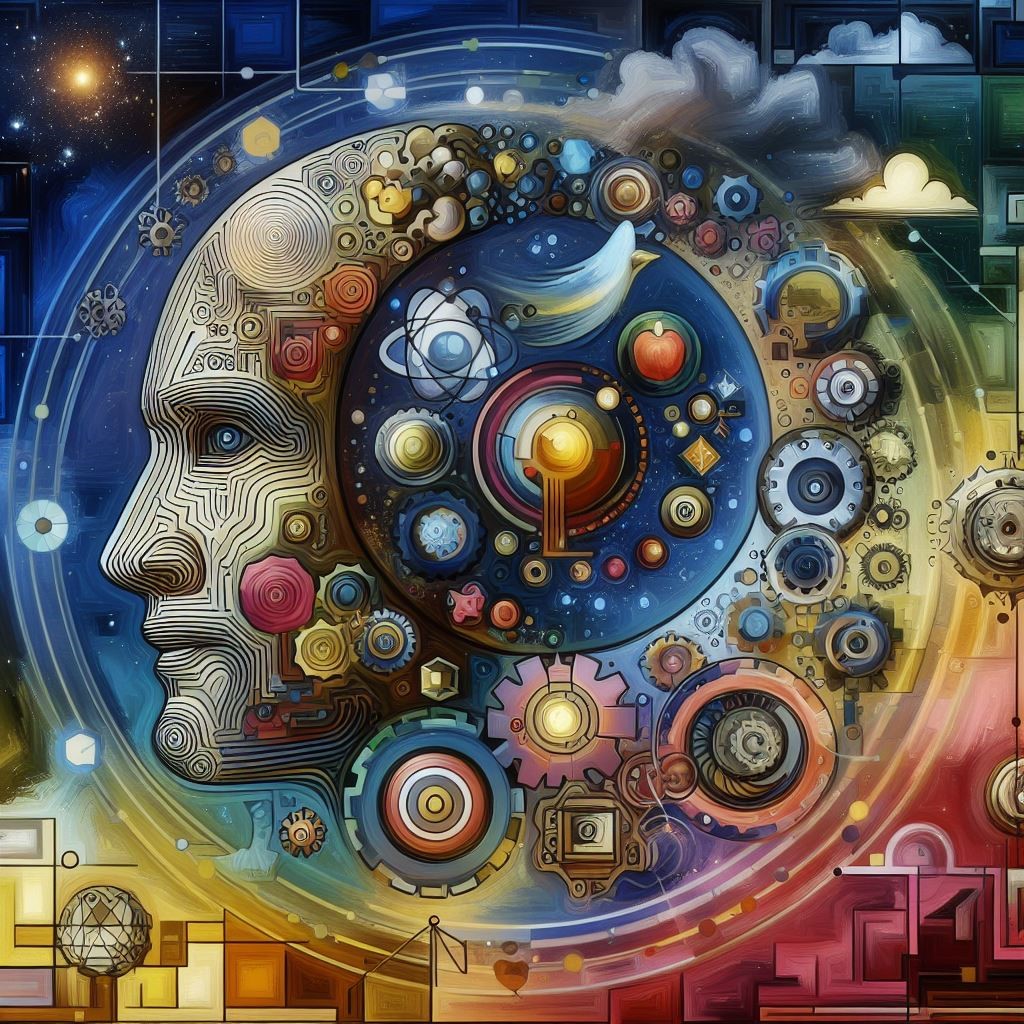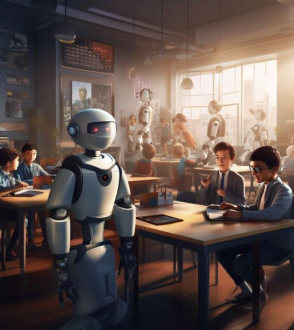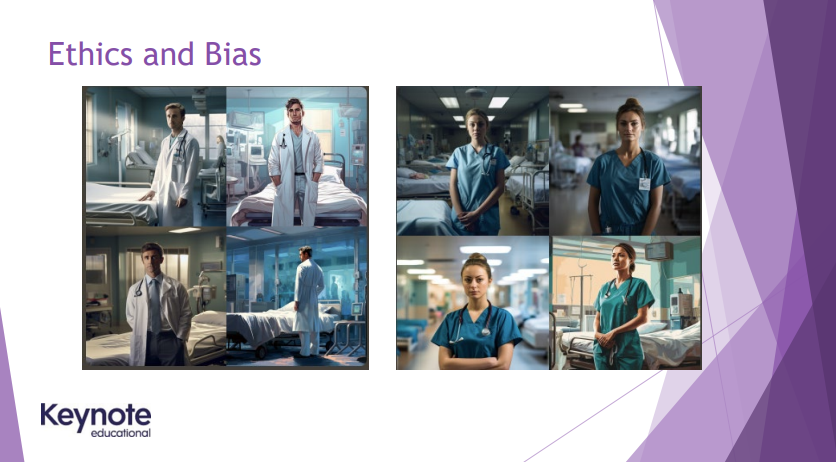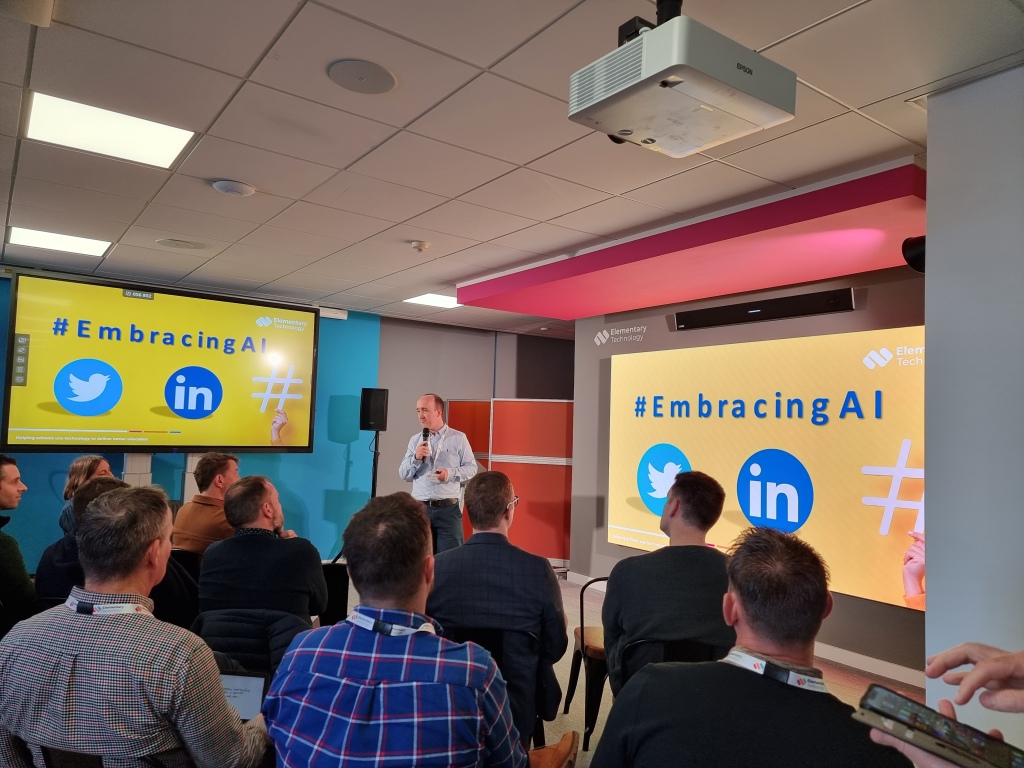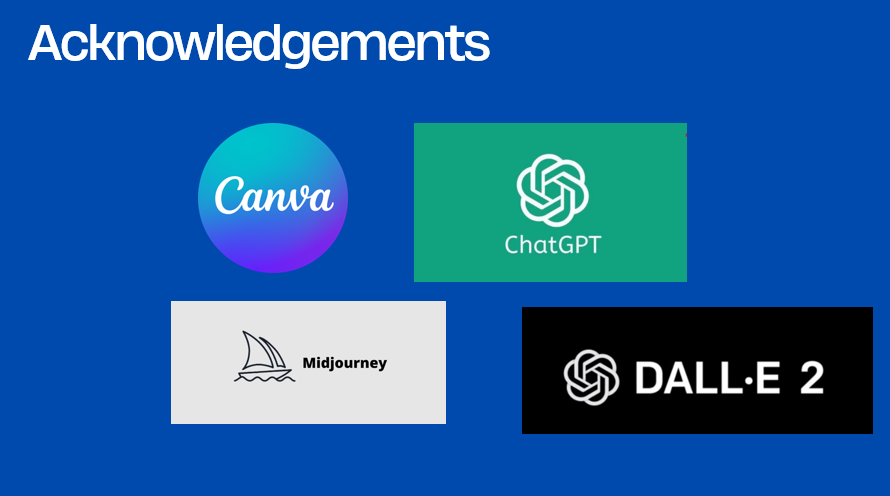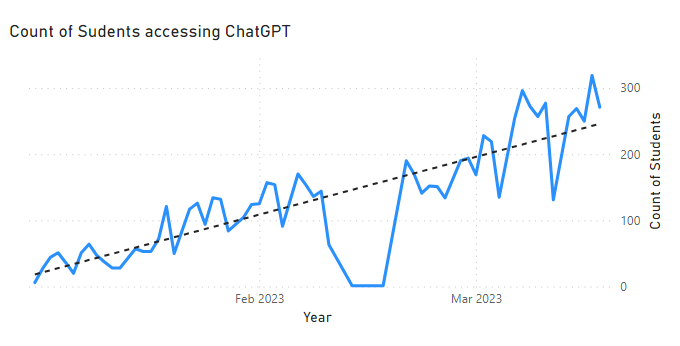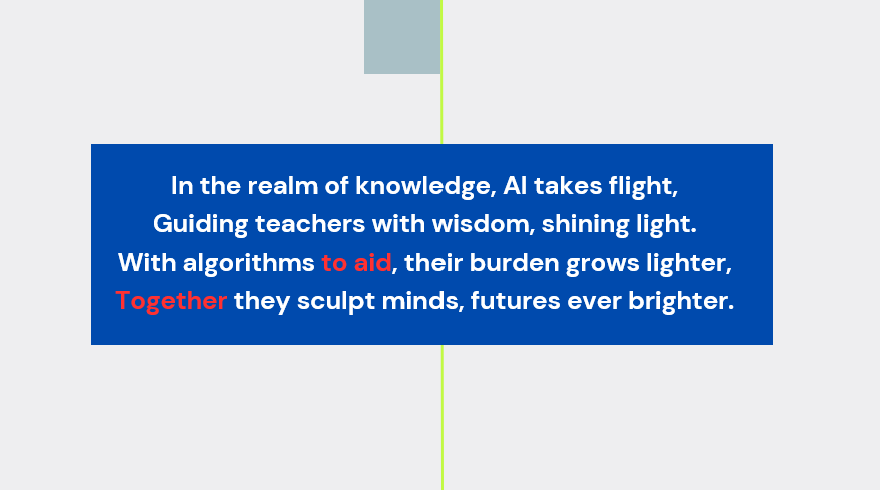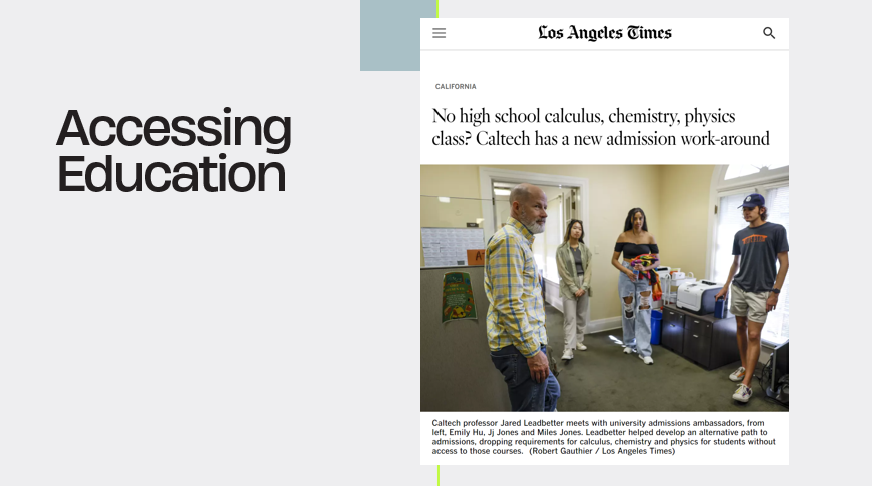I was lucky enough to be invited to speak at the Oxfordshire Academies Business Managers Group (OABMG) annual conference earlier in the week where I was speaking on AI in education and the possible impact and implications on school business managers. It was a lovely event and I really enjoyed Sarah Furness the keynote speaker, however, sadly I had to leave following my session in order to catch a train, one of a number of trains needed to get me to and from the event.
Be brave
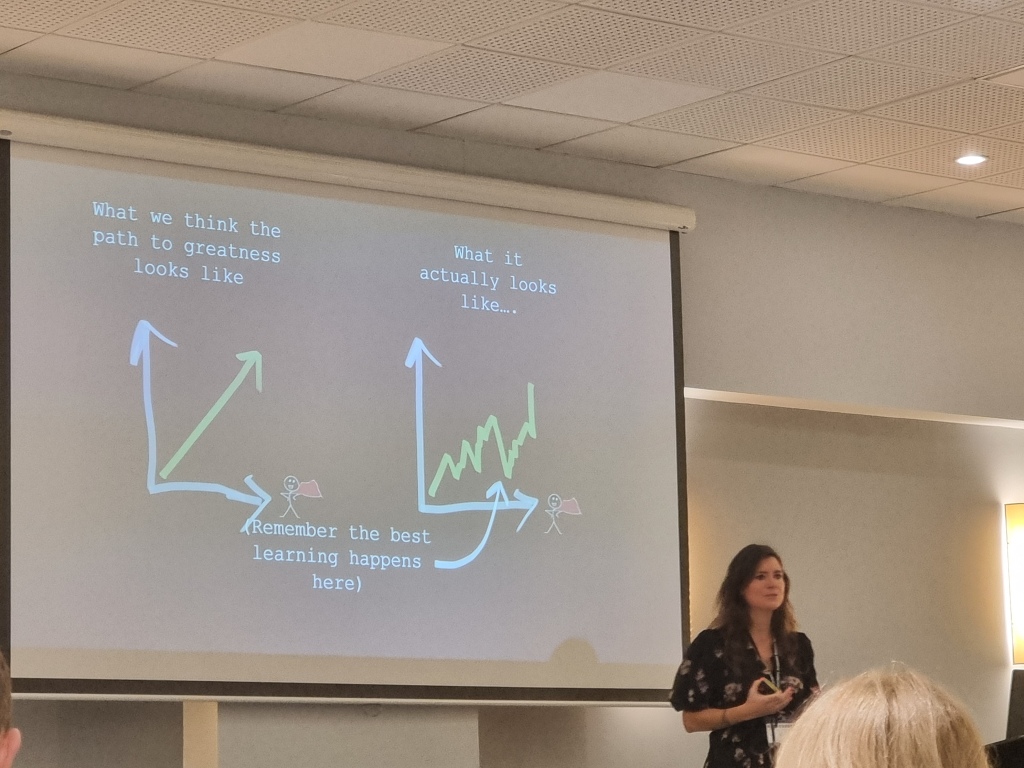
Sarah was both insightful and entertaining and to be honest, I could likely write a whole blog post just on the stories she shared however let me just summarise my key takeaways from her presentation. Her key message, which resonated for me, was the need to be brave, which aligns with the values of my school, and also is so very important where we have technology advancing at such a pace but with regulation lagging so far behind. We have no choice but to be brave especially given both students and staff are already experimenting with the use of AI. We need to be brave in engaging, we need to be brave in experimenting and we need to be brave in accepting where things don’t go quite as they planned, but learning from these experiences. The need for sharing, asking difficult questions and accepting challenges also aligned with my thinking, and again looking to AI in education, if we are to find our way with AI in schools I think this all rings very true indeed. We need to be sharing our thoughts, and both challenging and accepting challenges from others, if we are to move forward. Sarah’s talk was about leadership, using her context as a military leader and pilot; maybe this will be key in the use of AI in schools, the need for effective, brave leaders who value and encourage diversity, sharing and challenge.
AI in education
Going into my presentation my key aim was to discuss AI in education and some possible uses for school business leaders. I don’t have all of the answers, and to be honest, I don’t feel anyone has all the answers when it comes to AI and education, as AI is advancing at a rapid pace where education has changed little and is under both funding and also workload challenges. That said, as I shared in my presentation, “The smartest person in the room, is the room”. This David Weinberger quote is one of my favourites and is often used, as it highlights the need to discuss and share, in doing so we hopefully engage others to think about the issue, in this case, AI in schools, and collectively our thinking, our ideas and experience is enhanced.
Now you can view my presentation slides here if you are interested.
At the end of my presentation, a couple of questions were raised which I would like to just pick up on, namely school engagement in AI in education, policy and also regulation.
School Engagement in AI
I would like to draw attention to the article in the Express which highlighted that 54% of the students they surveyed were using AI in relation to their homework. The key thing here is that students are using AI independently of whether schools have considered or talked about AI. And it isn’t just students, you will also likely have staff, both teaching and support staff who are using AI. The AI genie is out of the bottle and attempts to block it will inevitably be futile so, in my opinion, it is key that we engage with the use of AI, we talk with students and staff about AI, and that schools experiment and share. But the fact AI is already here isn’t the only reason to use it in education. We talk about the need to support individual students, differentiation, English as a second language and also SEND barriers to learning; all of these can be addressed to some extent through the use of AI tools. Now I will note here that the use of AI tools may also increase some challenges, such as that of digital divides, but that was a key part of my presentation in talking about the risks and challenges first, as we need to use AI but only from a position of an awareness of risks and challenges.
Policies
Linked to the above, I think it is very important that schools put in place an AI policy if they haven’t already done so. This allows the school to set out its guardrails in relation to the use of AI in the school. Now there is a brilliant template for this, as created by Mark Anderson and Laura Knight, which can be found here. Looking to the future I suspect the AI policy might be eventually absorbed into the IT acceptable use and/or academic integrity policies however for now, while AI use in schools is so new, I think having it as a standalone policy makes sense.
Regulation
There will need to be some form of regulation in relation to AI tools including their use in education however we have already seen that the technology is developing very fast while the regulation is lagging so far behind and is slow to adapt. As such I think we should hope for and support some form of regulation to protect people, including our staff and students, and their data, but I don’t believe we can wait for this to happen. AI is already here and students and staff are likely using it. We can’t stop this, so I think we need to run with it, to try and shape the use and hopefully in doing so shape the regulation which follows. This will mean making risk v. benefit decisions but seldom do we see anything which is beneficial without any risks.
Conclusion
The OABMG conference was enjoyable even though my visit was brief. It was good to get to share some thoughts on AI in education and I hope those in attendance found the session useful. My two key thoughts from the event are, the need to be brave, remembering we learn most from our mistakes, and the need in this ever-busy and complex world to share as collectively we are all better for it. I think these are two things I will try do more actively in future.


